The most common causes of lower back pain in women—plus, how to treat it at home
Lower back pain is a common issue—we asked experts about the best treatments and preventative measures
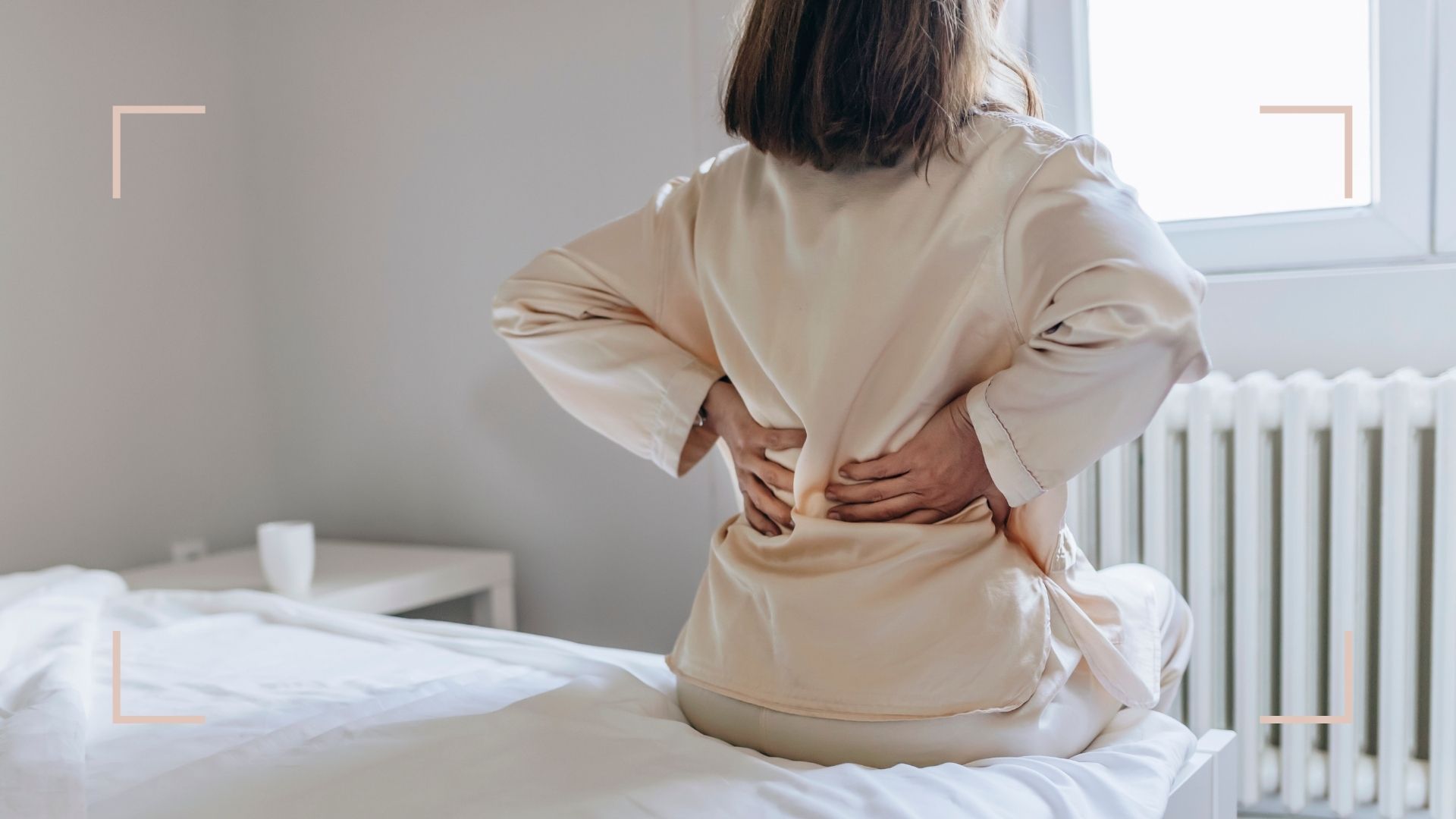
Suffering from lower back pain can be debilitating and frustrating. It can result in a lot of uncomfortable, sleepless nights and make even the simplest of tasks, like bending over to put on shoes, more difficult.
And, it's more common than you might think. "Lower back pain accounts for about 40% of my practice workload,” award-winning osteopath Anisha Joshi tells us. But, the good news is there are lots of ways you can treat lower back pain at home, and plenty of measures you can take to prevent it from recurring. Once you nail down exactly what's causing your lower back pain, you can find the best treatment for you. It could be as simple as taking up yoga for beginners to ease tension and relax muscles, or it might need to be treated through physical therapy with a medical professional.
What is causing my lower back pain?
There are many causes of lower back pain in women, from injuries to gynecological issues. The most common causes include:
- Injury
- Poor posture
- Hormonal changes
- Medical issues
1. Injury
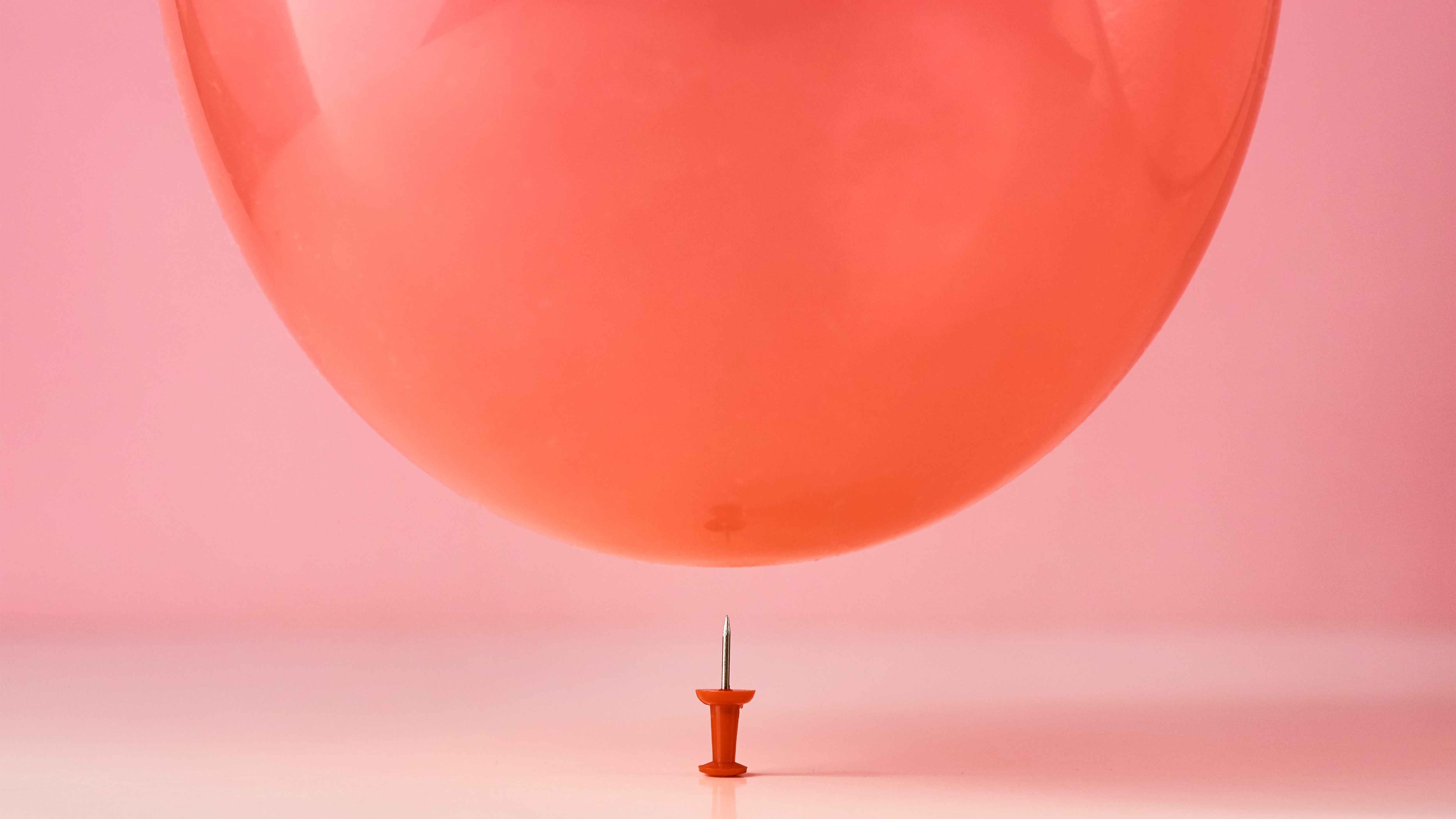
"The muscles in the lower back are especially susceptible to injury when performing actions like twisting, straining and lifting—even more so if you repeat these actions, like during playing a contact sport, or weightlifting," explains Dr Luke Powles, Clinical Director at Bupa Health Clinics.
"The injury can be caused by a one-off movement or repetitive strain often accompanied by a trigger event, such as putting on your socks,” Michael Fatica, osteopath and co-founder of The Mayfair Clinic explains. This can cause muscle strains and sprains, slipped discs, or trapped nerves (sciatica), all of which will cause lower back pain.
2. Lifestyle factors
Poor posture, sitting at a desk all day, and incorrect form when working out are just a few of the lifestyle factors that can lead to lower back pain.
“Activities like sitting badly for long periods, the wrong form during exercise, taking up a high impact sport (such as running or HIIT workouts), these can cause real trouble for people’s backs. But, if they’re lucky, they heal well. If they’re unlucky they can be misdiagnosed with muscle issues and may proceed to exercise to help muscle spasms, which end up worsening the underlying issue," Fatica tells us.
Sign up to our free daily email for the latest royal and entertainment news, interesting opinion, expert advice on styling and beauty trends, and no-nonsense guides to the health and wellness questions you want answered.
"Overtraining can also cause lower back pain," Dr Paulina Kloskowska, physiotherapist at CHHP tells us. "Doing too much too soon, and rapidly increasing an exercise regime can lead to pain in the lower back for women."
3. Hormonal changes

"Hormones can affect your lower back in a number of ways," explains Dr Powles. "Firstly, premenstrual pain is thought to cause hormonal changes that can affect the stability in your spine. During PMS, your uterus also secretes hormones that can get into the blood steam—this can cause pain in your lower back and legs.
"During pregnancy, many women suffer from lower back pain due to the weight of carrying a baby. Additionally, your hormones relax your ligaments as your body gets ready to give birth," adds Dr Powles. "Those who give birth via C-section may find they suffer from lower back pain, as the procedure can disrupt the main core muscles within the back.
"When the woman then injures her back later down the line, she has a harder time recovering as there is an inherent lack in core competence," adds Fatica. "This is often because there’s very little focus on C-section rehabilitation.”
4. Medical issues
Other possible causes of lower back pain in women include medical conditions or issues such as ovarian cysts, endometriosis, fibroids, and ectopic pregnancy.
"Ovarian cysts are fluid-filled sacks which can develop and rupture. Ovarian cysts are very common and usually only cause pain in the lower back and pelvis if they rupture," explains Dr Powles. "Endometriosis is a condition where cells similar to those that line the inside of the womb, grow outside of the womb, usually on the ovaries and fallopian tubes. Lower back and pelvic pain are key symptoms of endometriosis and can often feel more painful during your period," Dr Powles adds.
If you're experiencing lower back pain on the right-hand side of your body, it could be a sign of appendicitis or kidney infection as the appendix rests on the lower right-hand side, and the kidney is slightly lower on the left. In this case, if you have a fever, are sick, feel very unwell, and are experiencing intense pain, you should seek medical attention immediately.
5. Musculoskeletal problems
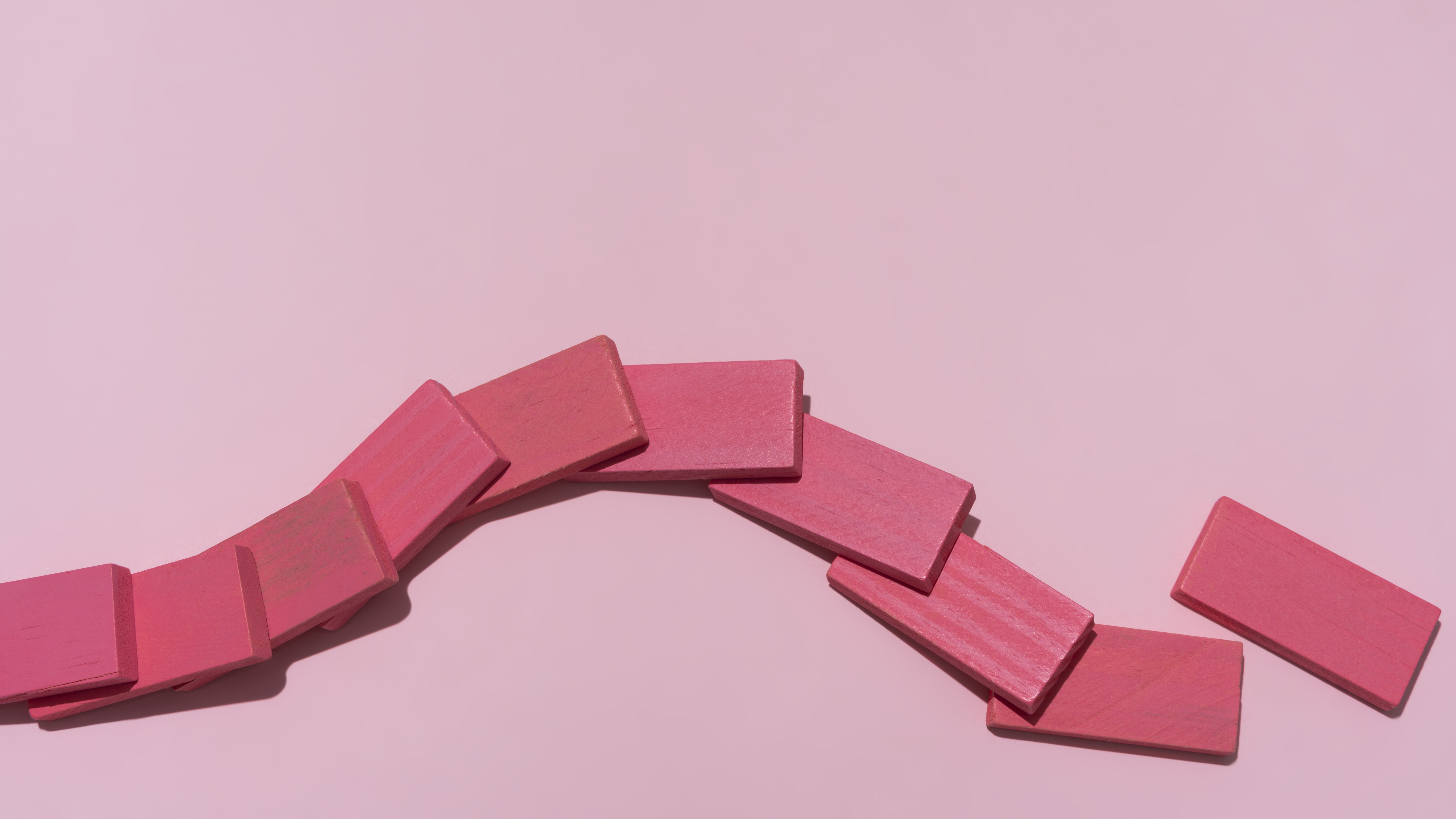
Musculoskeletal problems can also cause lower back pain. Below, Dr Powles details the most common:
- Ankylosing spondylitis—swelling of the joints and bones which can cause pain and stiffness, especially in the mornings. Pain can usually be eased with gentle movements.
- Spondylolisthesis—this is where a bone in the spine slips out of place, causing pain, stiffness, and tingling in the lower back.
- Piriformis syndrome—pain is caused by spasms in your piriformis muscle (a large muscle near the buttocks). Women are more likely to experience piriformis syndrome due to pelvic pain and hormonal changes.
- Spinal osteoarthritis—natural breakdown of the fibrous cartilage in the joints of the spine, causing pain and stiffness in the lower and upper back. Women are more likely to experience spinal osteoarthritis and the risk increases with age and weight.
Can lower back pain be a symptom of cancer?
For most of us, the thought that we may have cancer is a terrifying. But, don’t panic if your mind goes straight to this thought while you're experiencing lower back pain. “Certain kinds of cancer could metastasize to bone, and this could be in the lower back, but it's decidedly rare,” says Fatica.
Joshi agrees, “Lower back pain is rarely a sign of cancer. Some cancers can manifest as such but these symptoms are typically unremitting and have other ‘red flag’ symptoms.”
Can lower back pain cause waist pain in women?
“Due to the anatomy of the lower back and pelvis you can experience referral pain into your waist or groin as a woman,” says Joshi. “You can relieve these symptoms by treating the lower back and the relaxing of surrounding muscles.”
Fatica agrees,"As an osteopath, this would be no different to normal lower back pain so I would [amongst other things] work to reduce muscle dysfunction and improve spine mobility."
How to treat lower back pain at home
- Alternate ice and heat
- Keep moving
- Change your sleeping position
- Consider painkillers
1. Alternate ice and heat
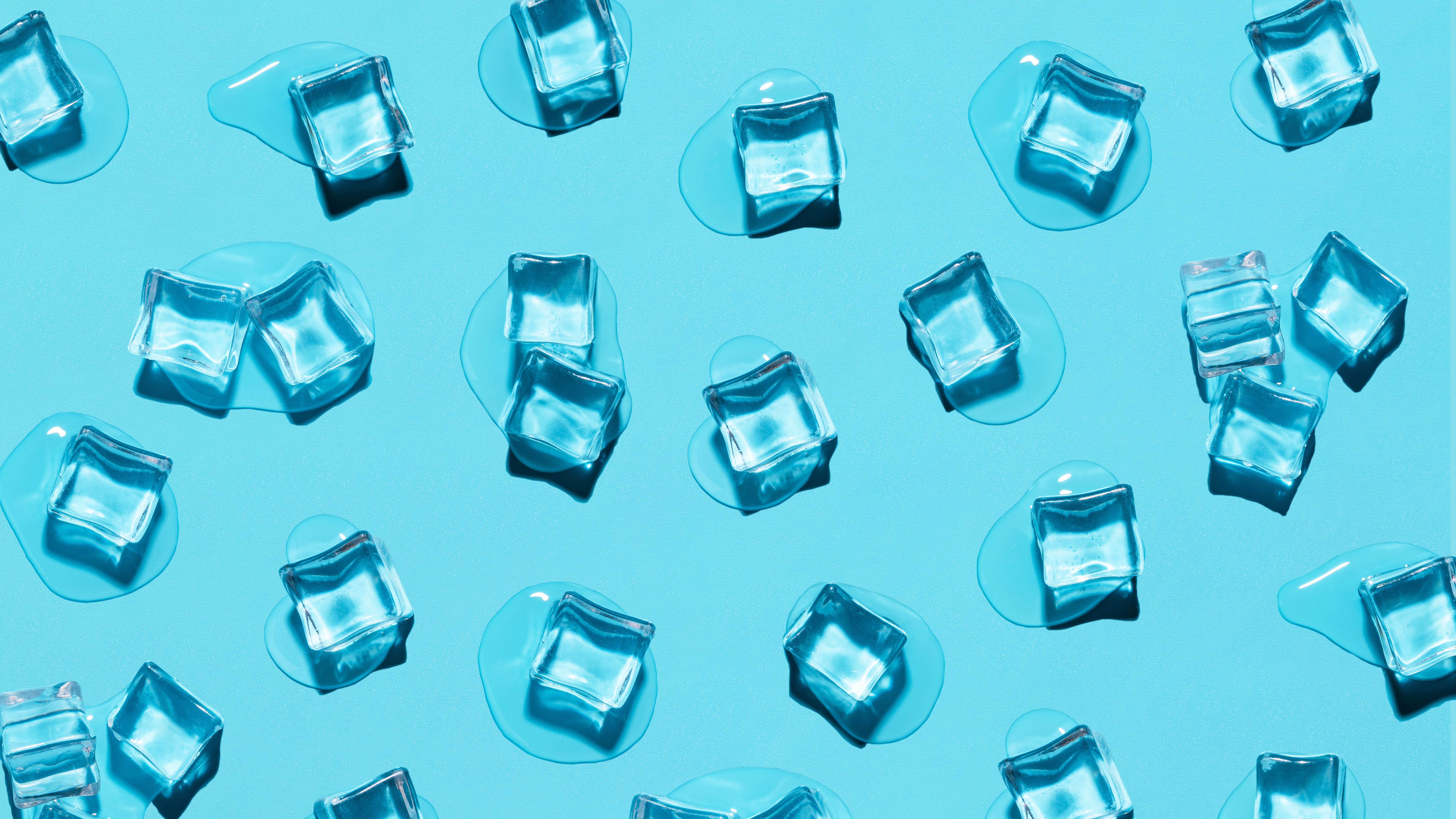
If pain starts after an injury such as a fall, knock, sprain or strain, apply an ice pack for 10 minutes several times a day. Alternate with a covered hot-water bottle to encourage blood flow, but start and finish with ice to ease inflammation.
"Applying cold packs can help ease pain in the short term," says Dr Powles. "Remember not to put ice directly on your skin as it may burn—wrap an ice bag or pack or frozen vegetables in a cloth first." To tackle inflammation from within, an anti-inflammatory diet can help. There is some anecdotal evidence to suggest that one of the benefits of cold-water swimming is reduced pain, though more research is needed in the area before we have any cold, hard facts on this subject.
2. Keep moving
Stay active and carry on as normal, as much as possible. "It might be difficult to stay active, but keeping your body moving can help gradually ease back pain and avoid any stiffness," says Dr Powles. "Try to move every 30 minutes."
"Try to avoid slouching when sitting down and make sure to balance your weight evenly when standing up," adds Dr Powles. "Correcting your posture may feel strange at first but will feel more natural with practice." Dr Powles also recommends doing simple stretches at home as often as needed to ease the pain. See our guide to yoga for back pain for inspiration.
3. Change your sleeping position
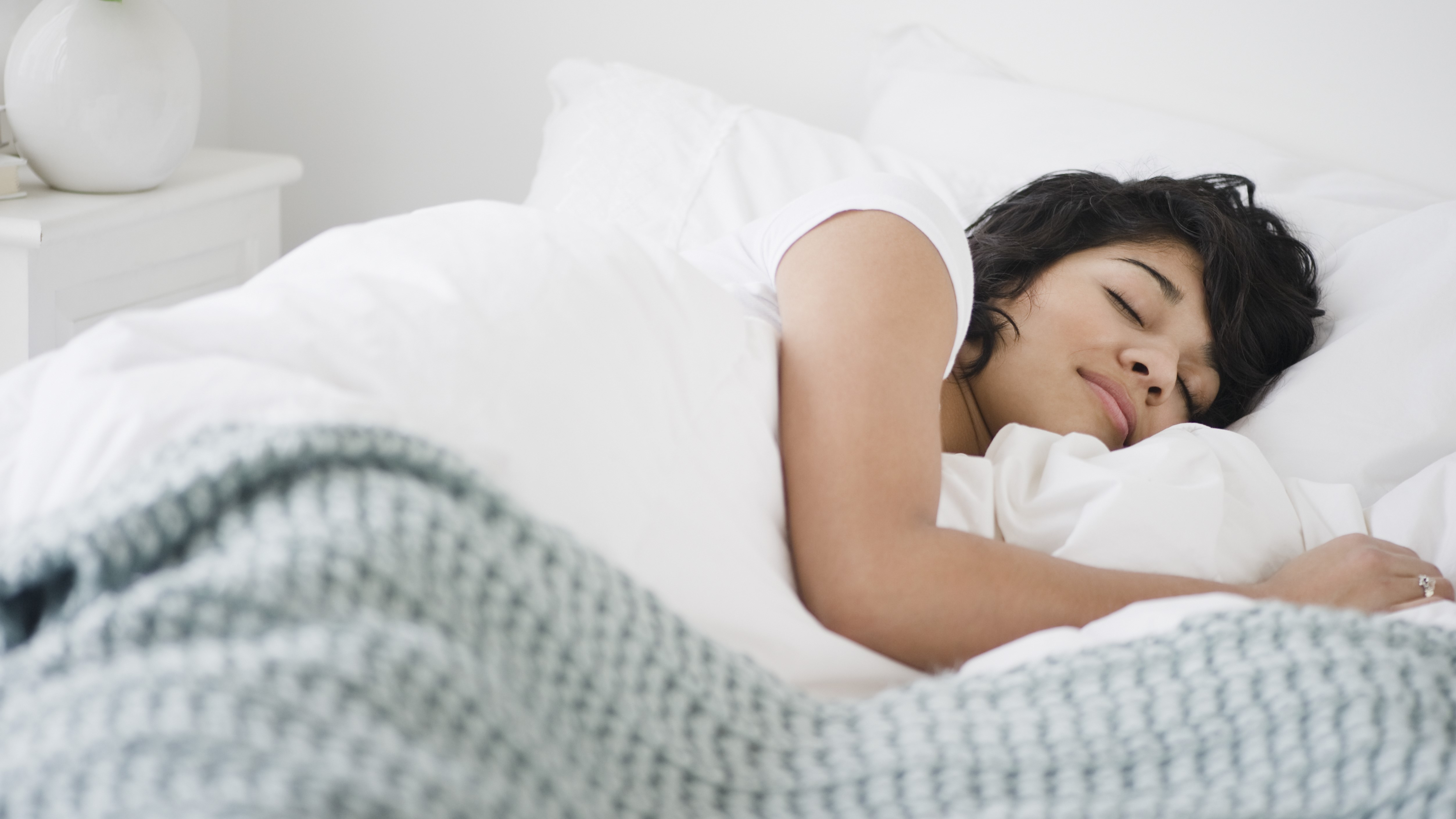
Extended bed rest causes muscles to seize up and weaken so it's best to avoid lying down when you have back pain, and stick to sitting or standing up, instead.
If you're suffering back pain at night, place a pillow under your knees to ease the strain on your spine, or between your knees if you're lying on your side. You could also invest in the best pillow for back pain depending on your sleeping position, and put this to use when pain strikes.
When it comes to other bedroom activities, finding the best sex position with lower back pain with undoubtedly be helpful. If you're having problems finding a move that works for you in bed, Missionary and spooning (among others) seem to be the favorites.
4. Consider painkillers
Paracetamol, aspirin or ibuprofen over-the-counter pain killers can be a great relief for those suffering with lower back pain—but make sure you always stick to the maximum recommended daily dose. You can also combine medication with a drug-free heat patch for extra relief, and other natural pain relief options, such as clove oil or ginger tea.
"A short course of muscle relaxants may also be prescribed by your doctor to help ease any severe pain caused by muscle spasms," adds Dr Powles.
How to prevent lower back pain
1. Stay active
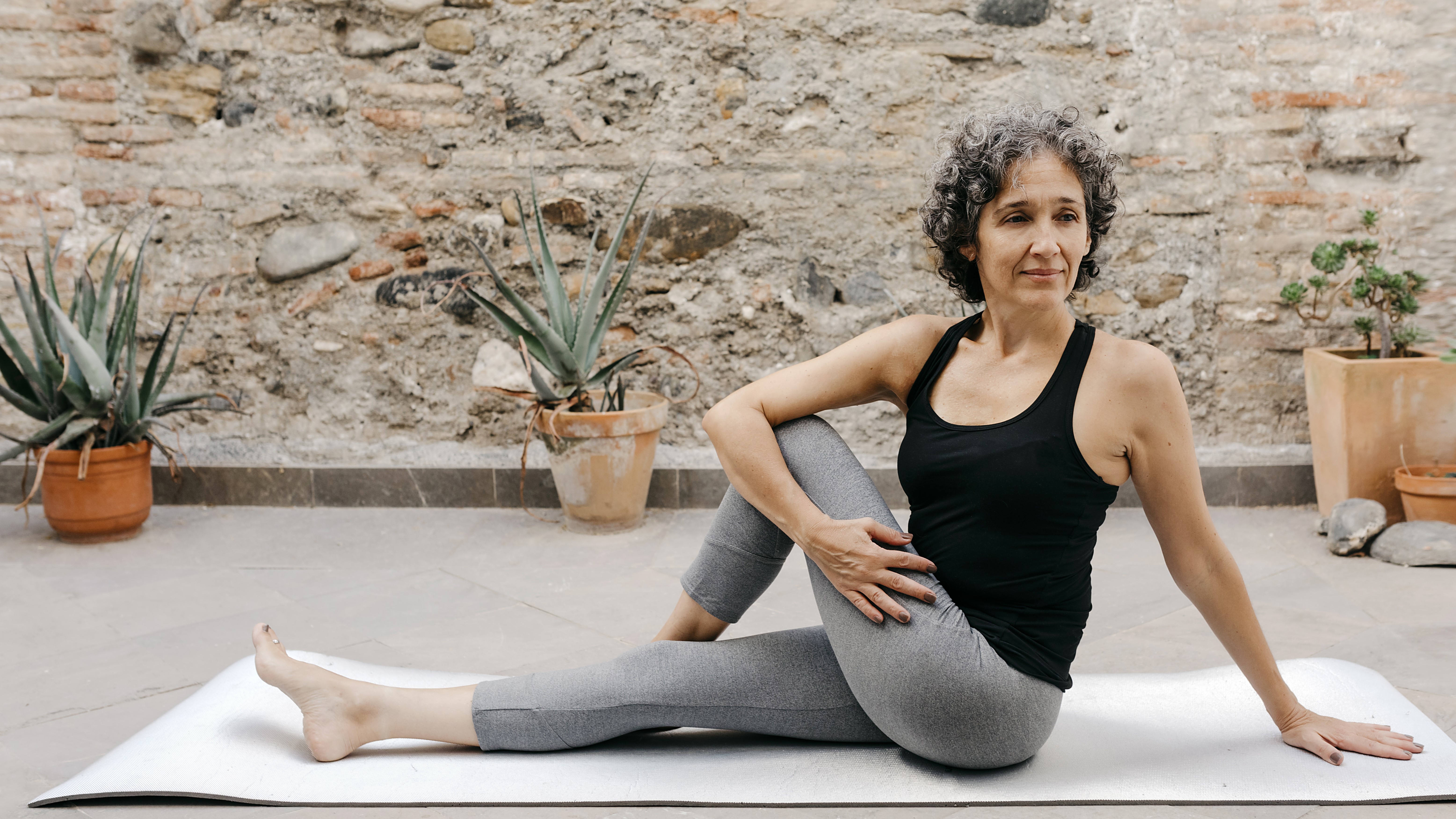
You may think the best way to deal with pain is to lie still, but there's nothing worse for lower back pain. Instead, stretch out your body regularly throughout the day, get outside for a walk, and enjoy the fresh air. "Staying active can help to avoid any muscle or joint stiffness as well as improve your overall health. Research has shown a 30 to 60-minute walk every day can help to relieve back pain," explains Dr Powles.
"This is where a physio can help," adds Dr Kloskowska. "They can find a way of moving that is doable and helpful for you. But in fact, any type of activity can help—walking and gentle exercise on a bike are usually great for relaxing the back and give a patient some relief."
Exercising the muscles in your abs and back can have a positive impact on lower back pain, too. Something as simple as correcting your posture while you're sitting at your desk can have a lasting effect. If you feel like taking it a step further, take up Pilates for beginners, or start strength training for women with the help of a personal trainer to keep your form in check.
2. Reassess your work set-up
Research by the Jeju National University Hospital found most Americans spend over seven hours a day sitting down. Sitting down puts more pressure on your spine than walking or standing, so if you do sit at a desk all day make sure to get up and walk around at least once an hour.
Avoid slouching and, if you can, adjust your seat so it tilts slightly back. If possible, have an ergonomic assessment at work to correct anything that could be putting pressure on your back.
"Make sure your workspace is set up correctly. Keeping your shoulders relaxed, arms at 90 degrees to the table, and feet on the floor will all help to reduce the risk of pain and aches," advises Dr Powles.
3. Manage every day stress
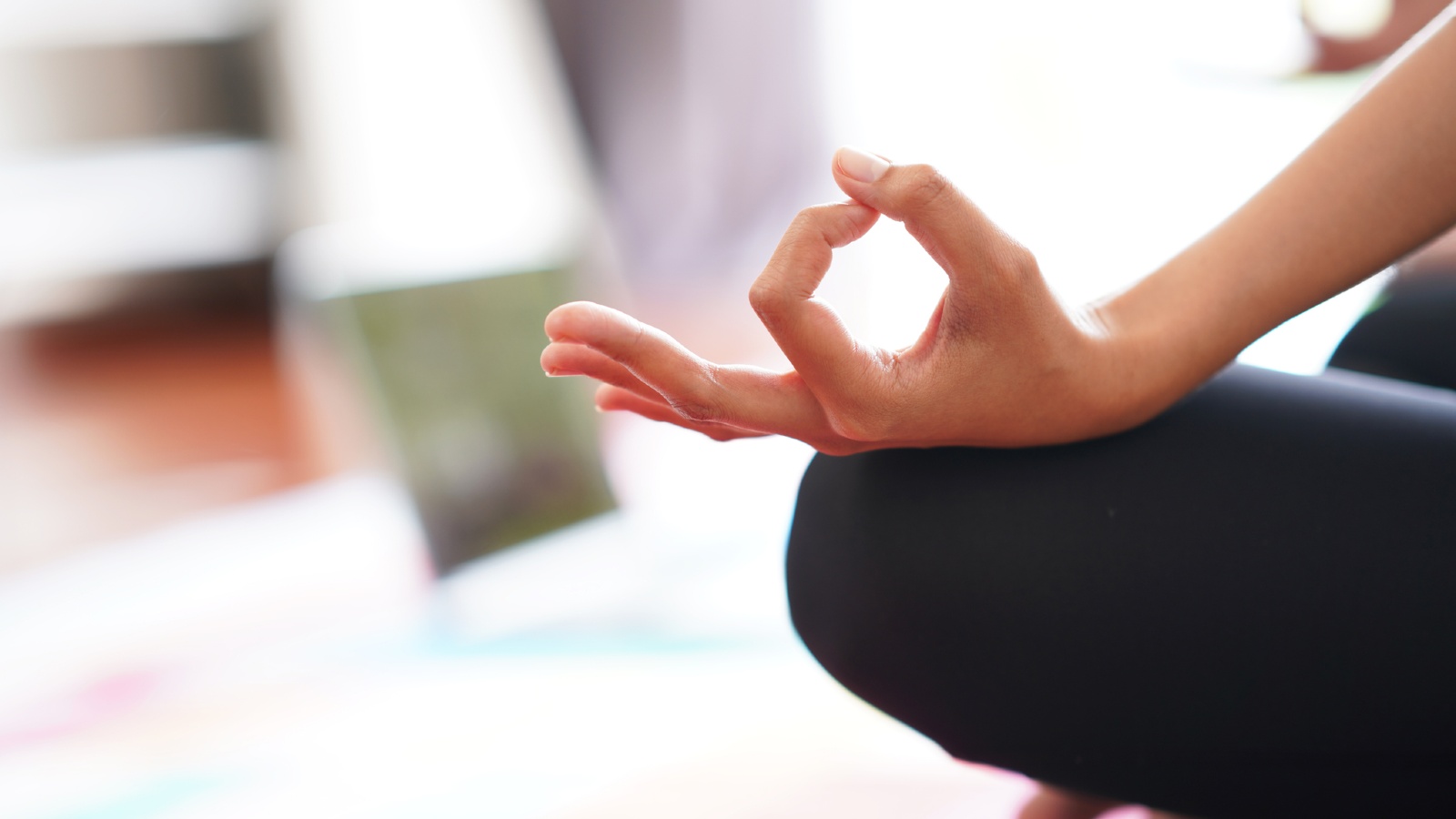
Stress causes the body to release hormones that cause muscles to tense, which can lead to back pain. It might surprise you, but reducing stress levels could actually be beneficial in reducing lower back pain.
"Find coping mechanisms that help you to cope with everyday stresses, for example, yoga, cooking, or enjoying time outside," suggests Dr Powles. Try yoga Nidra, sleep-guided meditations, or breathing exercises to help you relax in moments of stress. Make time for yourself every day, whether that's doing your favorite hobby (see our guide to hobbies for women for ideas) or reading a book before bed (again, our round-up of the best books in 2022 might come in useful here).
4. Reassess your mattress
The softer your mattress, the less evenly your weight will be distributed, and the more likely you are to experience discomfort. A medium to firm mattress is your best option if you suffer from lower back pain.
Before you commit to a new mattress make sure you’ve diagnosed exactly what your back issues are by a process of elimination or with the help of a medical professional. Do some research to figure out what kind of mattress will suit your needs or ask the person treating you for advice. Ready to shop around? See our guide to the best mattresses for a mix of memory foam, natural and hybrid buys for every type of sleeper.
5. Try acupuncture
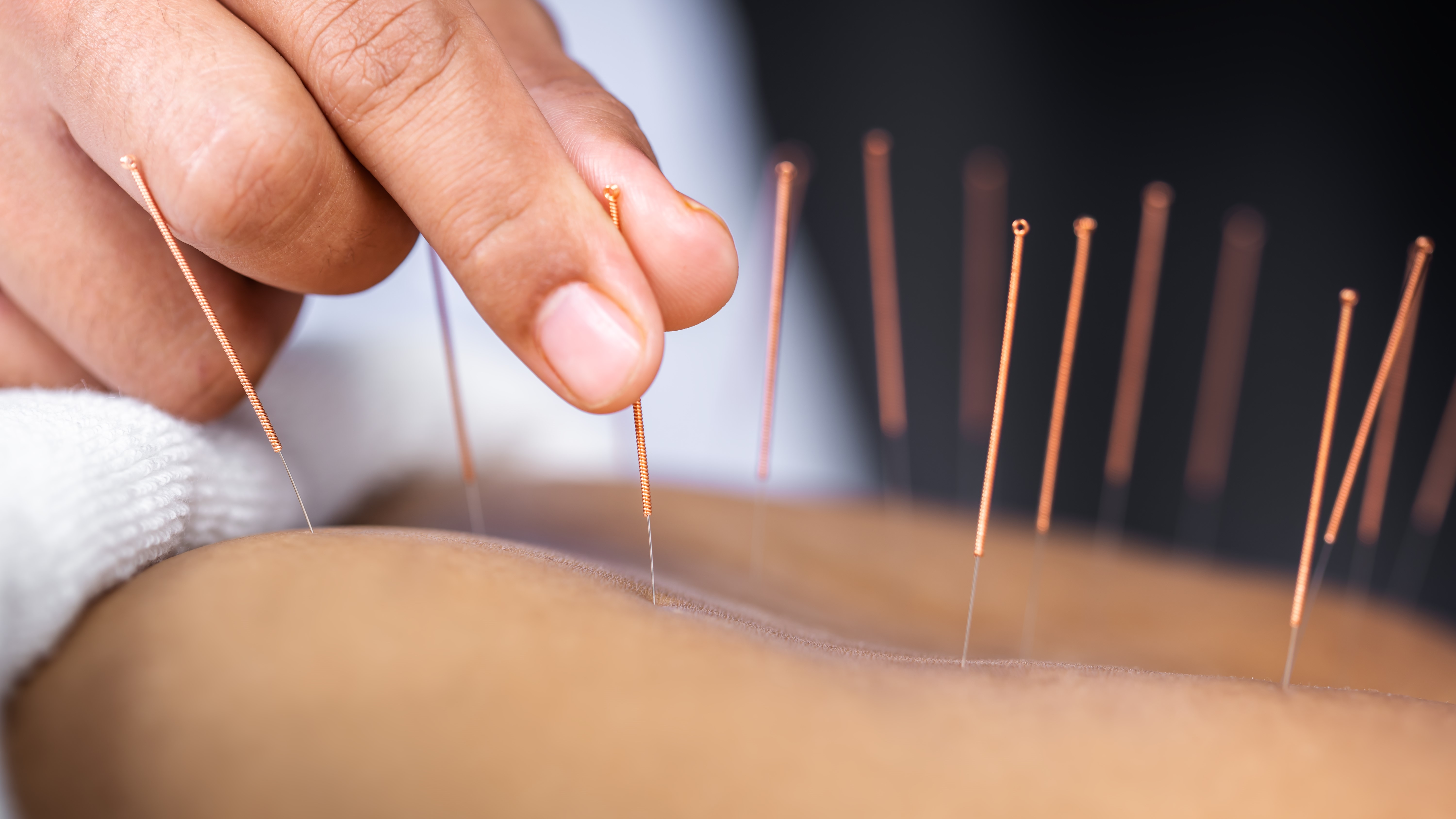
Research by the Shanghai University of Traditional Chinese Medicine reported that acupuncture might actually provide more relief than painkillers. Acupuncture is a form of alternative medicine that involves the process of inserting thin needles into specific points of the body.
There's not a lot of scientific evidence around the benefits of this practice, but anecdotally it's said to reduce pain changing how your nerves react, and therefore could help with inflammation around the joints.
6. Get regular massages
It turns out lower back pain could be a great reason to book a trip to the spa! Research published in the Annals of Internal Medicine found that those who received weekly massages experienced less low back pain after 10 weeks compared to those who didn’t.
General relaxation rubdowns also worked as well as structural massages that target specific body parts. Another study by the University of North Texas Health Science Centre revealed that 63% of people experienced a moderate improvement in lower back pain when they underwent six osteopathic manual treatments over eight weeks, with 50% reporting substantial improvement.
7. Have a foot check-up

According to a study in the journal Rheumatology, women whose feet roll inwards when they walk may be especially prone to lower back pain. If you suspect that your feet might not be helping matters, it’s worth speaking to a specialist about your concerns.
A chiropodist can assess how you walk and suggest if you need to take extra measures, such as wearing orthotics to correct the arch of your feet. This could massively improve spin alignment and ease lower back pain.
This article is for general interest and is not intended to suggest a course of action that might be suitable for you. Always consult a licensed healthcare professional before making decisions concerning your health and wellbeing.
When to see a medical professional about lower back pain
"It's important to remember that a vast majority of lower back pain flare-ups are not serious—no matter how painful. However, it is advisable to seek medical help when the pain becomes chronic," says Dr Kloskowska. "That's if it's ongoing, becomes strong enough to stop the patient from moving, or is accompanied by more neurological conditions, such as leg numbness, pins, and needles, or weakness."
"Similarly, if you think back pain could be caused by an underlying medical condition such as endometriosis you should discuss this with a medical professional," advises Dr Powles.
Seek urgent medical help if back pain is accompanied by:
- Fever
- Recent serious trauma (for example, a car accident)
- Numbness or tingling in groin or legs
- Loss of bladder/bowel control or an inability to pass urine
- Medical history of osteoporosis or cancer, or recent unexplained weight loss
- Night discomfort
- Leg weakness that comes on suddenly or gets progressively worse, or more pain in the leg than the back
- Inability to get comfortable sitting or sleeping when you feel back pain
How do medical professionals treat lower back pain?
Depending on your symptoms and the cause of your lower back pain, professional medical treatment will vary. Doctors sometimes suggest medication or give patients exercises to ease pressure on the body. They may also suggest further treatment with a physiotherapist, osteopath, chiropractor, or acupuncturist.
“Treatment could involve gentle soft tissue techniques and mobilization of the spine and pelvis," explains Joshi, "Then hydrotherapy advice like hot and cold treatment to reduce any inflammation in the area."
"At the Mayfair Clinic, we use vibration to reduce muscle dysfunction, a spine adjusting machine to improve spine mobility, laser therapy to improve healing and circulation, and IDD therapy to decompress the spine," explains Fatica.
w&h thanks Michael Fatica, osteopath and co-founder The Mayfair Clinic, osteopath Anisha Joshi, Dr Luke Powles, Clinical Director at Bupa Health Clinics and Dr Paulina Kloskowska, Physiotherapist at CHHP for their time and expertise.
Debra Waters is an experienced online editor and lifestyle writer with a focus on health, wellbeing, beauty, food and parenting. Currently, she writes for the websites and Woman&Home and GoodtoKnow, as well as the Woman, Woman’s Own and Woman’s Weekly magazines.
Previously, Debra was digital food editor at delicious magazine and MSN. She’s written for M&S Food, Great British Chefs, loveFOOD, What to Expect, Everyday Health and Time Out, and has had articles published in The Telegraph and The Big Issue.


